
Fixing the Future
UW researchers offer reasons for hope.
UW–Madison professors aren’t merely dreaming of a better world — they’re actively building it. We asked faculty members across campus to describe breakthroughs in their fields that will improve life for all of us. In an era not known for optimism, here are many good reasons to be hopeful about the future.
A Solution for Infant Health Disparities
Racial disparities in infant health are a long-standing challenge that has proven incredibly difficult to solve. Wisconsin, for example, has the highest Black infant mortality rates in the United States. While many prior interventions have focused on health care, the evidence suggests that the social determinants of health, such as poverty, may be far more important factors in driving these inequalities.
The Expecting Justice collaborative has taken a novel approach to this problem: a guaranteed-income pilot study giving 150 pregnant Black and Pacific Islander people living in San Francisco $1,000 monthly stipends during and after pregnancy. The hope is that the no-strings-attached funds will reduce financial stressors and in turn reduce poor infant health outcomes such as preterm birth.
Researchers from the University of California–Berkeley/San Francisco are collaborating with Expecting Justice to evaluate the program’s effects on health and well-being. If unconditional cash transfer programs like this can move the needle on infant health disparities, it will help make the case for replicating them elsewhere — perhaps even here in Wisconsin.
— Tiffany Green, Departments of Population Health Sciences and Obstetrics and Gynecology
The Healing Power of Restorative Justice
Our criminal-justice system contains imperfections. Among the cruelest is its indifference to the long-term trauma that victims experience. Our system, obsessed with incarceration and retribution, cares little about making anyone whole. A growing number of legal scholars want to change this. These innovators facilitate meaningful dialogues between victims of crimes and the people who have wronged them, one technique in the transformative field known as restorative justice. These victim-initiated conversations are completely voluntary; either the victim or the responsible party can withdraw at any time.
Jonathan Scharrer ’05, director of the Restorative Justice Project at UW Law School, is a thought leader in this field. He and his team of students facilitate these complex, victim-focused dialogues in crimes as serious as sexual assault and murder, their successes featured on CNN and CBS’s 60 Minutes.
On an individual level, restorative justice both empowers victims and encourages responsible parties to fully understand the harm their actions have caused. Restorative justice, studies show, is particularly successful at deterring first-time young offenders from recidivating. On a larger level, it can reduce incarceration rates and strengthen our communities. Many states have adopted restorative justice practices and policies, a positive step in restoring faith in our nation’s imperfect criminal-justice system.
— Steven Wright MFA’14, University of Wisconsin Law School
Social Policy at the Cellular Level
Revolutionary advances in biotechnology have made it relatively inexpensive to collect large amounts of data on what’s going on underneath our skin and in our cellular worlds. For example, with epigenomic data, it’s now possible to calculate a person’s biological age with a high degree of accuracy to see if someone is aging faster or slower biologically than they are chronologically.
What makes me hopeful as an economist who studies health inequality is that we can now link information on individuals’ cellular worlds with their social worlds. We can see how different life experiences or public policies change people at a cellular level and can therefore begin to understand not only the social mechanisms behind early mortality, but also when in the life course people are most sensitive to these exposures biologically. In other words, we can now see what works and what doesn’t when it comes to social policy at a cellular level, and we can begin to design policy interventions that target health inequality at its core when it matters the most.
— Lauren Schmitz, La Follette School of Public Affairs
Plants in Space
When considering the future, our imaginations often turn to space exploration with thoughts of moon bases or voyages into the unknown, fueled by the works of science-fiction writers and moviemakers. Many of these dreams are now turning to reality, with astronauts having made the International Space Station their home for more than two decades and plans for an imminent return of humans to the moon.
These are exciting times for space biologists as we try to understand how life reacts to these alien environments and how we might sustain a crew away from the protection of our home planet. On Earth, we rely upon plants to provide the oxygen we breathe and the food we eat, but could our green companions sustain astronauts on these future missions? My colleagues and I are working to understand how plants react to the weightless environment of the International Space Station to answer this very question. Knowledge about how to grow plants in space in turn transfers to improving our ability to grow them on Earth — increasing their flooding resistance or optimizing the controlled environments needed for intensive urban agriculture.
— Simon Gilroy, Department of Botany
The Path toward Zero Emissions
In the past 10 years, the costs of clean energy technologies have declined dramatically, and that is making addressing climate change much more feasible. Wind-power costs have decreased by half, solar panels by 90 percent, and batteries by even more. Wind and solar now produce 10 percent of the world’s electricity and are adding 1 to 2 percent every year.
These technologies, combined with pervasive digitalization of the economy, are providing people with new energy services. They also have the potential to do most of the work in reducing the world’s greenhouse gases to zero.
Only a few years ago, even optimists would have considered zero emissions unrealistic. Today, two-thirds of the world’s polluters have committed to net zero emissions by midcentury. The next step, of course, is making concrete plans for zero — and modeling is showing that these plans are affordable and feasible.
— Gregory Nemet, La Follette School of Public Affairs
Safer Approaches to Youth Sports
Participation in youth sports has been declining for over a decade, putting the multitude of health and wellness benefits attained through playing sports at risk. Two factors have played a role in this decline: sport specialization and concern over concussions and repetitive brain trauma.
Scientists in the UW’s Department of Kinesiology are actively addressing both critical issues. A team of researchers led by Dave Bell has shown that sport specialization is a key factor in athlete burnout, injury risk, and in some cases, an early end to an athlete’s career. My colleagues and I are also working to better understand the consequences of brain trauma in sports and the attitudes and beliefs of parents and athletes around the issue at a time when concerns about brain safety are leading many parents to hold their children out of contact sports. We are providing resources with safety recommendations for youth and adolescent athletes to delay specialization, prioritize recovery, properly manage concussions, avoid repetitive brain trauma, and promote age-appropriate sport exposure.
This work promotes a shift in the culture of youth sports to one that encourages safety, variety, and sustainability in both the health of young athletes and the tradition of athletics.
— Julie Stamm ’09, Department of Kinesiology
Healthy Meals for All
Students and faculty at the School of Human Ecology partner with civil society organizations, policymakers, and community stakeholders in pursuit of greater well-being for people and the environment. What makes me hopeful as an interdisciplinary scholar who studies school food policy and community food systems is the increasing policy momentum for free school meals, local sourcing, and scratch cooking in our nation’s schools.
Through her work as chief of staff for Wisconsin state representative Kristina Shelton, for example, Paige Anderson ’20, a graduate of our community and nonprofit leadership major, has helped to bring healthy, free school meals to all Wisconsin K–12 students. In 2021, Shelton and others introduced the Wisconsin Healthy School Meals for All Act to enable schools that participate in the federal school breakfast and lunch programs to serve meals free of charge to all students. California, Maine, and Minnesota have already enacted similar programs.
To advance this movement, I’m confident that families, school staff, food-chain workers, social workers, labor leaders, anti-hunger advocates, and other stakeholders will unite as a powerful voice for change.
— Jennifer Gaddis, School of Human Ecology
A New Way to Talk and Listen
Toxic political polarization and social divides infect the lives of people in the United States. Many of us feel unheard and unrepresented by our governments. How do we lift up the voices of people who are not heard, and how do we bridge divides? A new platform for conversations is one answer.
I have been working with Cortico, a nonprofit partner of the Center for Constructive Communication at the MIT Media Lab, to help develop the Local Voices Network (LVN). This network brings together people in small-group conversations that are recorded and uploaded to an online interface so participants in the network, journalists, and policymakers can access and learn about public opinion in a new way.
LVN uses the powerful sound of the human voice to inspire reflection and leading technology to disseminate the thoughts that people share. LVN partnered with the cities of Boston and Madison, for example, to input the concerns of people not normally heard into the 2021 Boston mayoral race and the selection of a new Madison police chief.
At a time when social media networks encourage toxicity and provocation, this social-dialogue network is encouraging listening and action informed by real lived experience.
— Katherine Cramer ’94, Department of Political Science
Social Workers vs. the Opioid Epidemic
The opioid epidemic in the United States has claimed more than 500,000 lives over the past two decades. More recently, the number of opioid-related overdose deaths among minoritized populations has skyrocketed. This segment of the population is also much more likely to experience incarceration due to substance misuse. Most incarcerated opioid users receive inadequate treatment for substance use, and formerly incarcerated individuals are over 14 times as likely as members of the general population to overdose on opioids.
However, screening assessments such as the American Society of Addiction Medicine patient-placement criteria can help identify treatment needs. With adequate training and support, in the hands of social workers, these tools could effectively be used to ensure proper placement in substance-use treatment programs. Access to a wide range of evidence-based and comprehensive addiction screening strategies can combat the current opioid epidemic, and this is particularly crucial for populations at a high risk of overdose and incarceration.
— Tawandra Rowell-Cunsolo, Sandra Rosenbaum School of Social Work
Good News for Entrepreneurs
Entrepreneurs and business leaders know that this is an exciting time — opportunities and pitfalls are prevalent. When it comes to entrepreneurship, the last decade has brought great change, and change is continuing. Entrepreneurship is becoming more accessible to more people. It is literally possible for undergraduate students to run businesses with operations spanning time zones and continents. I’ve seen it. This is good news for entrepreneurs, innovators, companies, and us — their customers. It is also great news for those who are learning to apply innovations in computing, finance, and organization to business.
I and a team of researchers at the Wisconsin Institute for Discovery and the University of Maryland are working closely with leaders in business and academia to harness insights from applied data science to improve student entrepreneurship. Our students and recent alumni are important conduits of ideas and knowledge between the UW and the private sector. Hopefully, our work will help to magnify their impact.
If you have an interest in entrepreneurship and you find yourself planning a trip to our campus, feel free to reach out. We would welcome the opportunity to learn from your experiences.
— Jon Eckhardt, Wisconsin Institute for Discovery and Wisconsin School of Business
Smarter Therapeutics to Fight Disease
A new era of “programmable” therapies is starting to have a real-world impact in medicine. Traditional drugs and recombinant proteins (like aspirin and monoclonal antibodies) are static entities that bind to protein targets within cells. In contrast, engineered therapeutic cells can dynamically sense and respond to changing pathological conditions in the body.
Informed by sequencing and molecular diagnostics advances, newer biotechnologies over the last decade have leveraged the information content of DNA and RNA to generate a new class of programmable cell/gene therapeutics. These therapeutics can be more precise, to match the needs of individual patients, and smarter, to evolve with the body as the disease progresses.
For example, gene therapies can encode correct copies of pathogenic genes, and cell therapies can harbor genetic circuits that sense and destroy cancer. Similar advances have produced flexible mRNA COVID-19 vaccines that encode evolving antigenic variants.
At UW–Madison, biomedical engineers are coming together with clinicians, computer scientists, and biologists to apply these programmable cell/gene therapy techniques toward the treatment of many diseases, including in the brain (e.g., Alzheimer’s disease), blood (e.g., cancer), and eye (e.g., retinal disorders). They are exploiting new CRISPR tools that incorporate synthetic, programmable RNA to enable targeted editing of the genome within many cells of the body.
— Krishanu Saha, College of Engineering
A Camera to See around Corners
Our brains evolved to process vision data, and we have used them to solve our most challenging image-analysis and pattern-recognition problems. Consequently, our cameras, microscopes, and telescopes resemble eyes, so they can create images that our brains analyze.
Our ability to interpret and understand images is one of the few domains where artificial intelligence has only very recently come close to matching our own capabilities. Now, we can finally implement computational algorithms that perform well on many of the image-analysis tasks humans do best.
Our vision evolved to help with climbing trees, finding food, and avoiding predators. While tasks like driving a car are similar enough to these abilities that we can perform them adequately, there are many other tasks, like seeing through fog, detecting cancer or other disease, seeing in the dark, or seeing around corners, that can be done better with completely new computational camera designs that are very different from our own eyes. Future cameras will no longer try to emulate or match human vision, but surpass it, providing powerful new senses for us to exploit.
—Andreas Velten, School of Medicine and Public Health and Department of Electrical and Computer Engineering
A Many-Dimensional View of Life
Science has always depended on tools to explore the world around us. First telescopes and microscopes expanded our visual capacity, then spaceships and molecular dissecting kits took explorations to new levels. Today, many secrets of biological systems are revealed by the tools of chemistry and computation that enable a many-dimensional view of life known as “multi-omics.”
A new “-omics” field has emerged for each group of molecules of life. Metabolomics, for instance, provides a profile of the entire suite of small molecules, revealing the chemical nature of organisms. The future of biological research will involve making all -omics measurements routine so that they can inform study of every cell, organism, and ecosystem. The complexity of multi-omics data sets will challenge computational fields like machine learning to find meaningful patterns in the data.
In precision medicine, multi-omics profiles of patients will help tailor disease prevention and treatment. One multi-omic profile might indicate that a patient will respond well to a particular drug, and another might suggest that a dietary change could prevent a chronic disease. Multi-omics profiles will help us understand the processes in plants and their microbial associates that determine crop yield or drive carbon balance.
Multi-omics is a team sport requiring integration of biologists, engineers, and computational wizards to tackle life’s big questions. And UW–Madison is the place to do that — our readiness to work in teams will enable us to capitalize on our peerless constellation of talent to catapult biology to a new level of insight.
— Jo Handelsman PhD’84, Department of Plant Pathology and Wisconsin Institute for Discovery
Managing a Flood-Filled Future
In the wake of increasingly frequent and worsening floods, exacerbated by the impacts of land use and climate change, community members in southwestern Wisconsin are coming together to collectively envision paths forward into what will almost certainly be a more flood-filled future. Wisconsin’s Kickapoo River and Coon Creek watersheds have experienced at least one 100-year and two 50-year floods in just over a decade, and climate forecasts predict this trend will worsen. Flooding has devastated small communities across the region, damaging infrastructure, derailing livelihoods, and causing profound and largely unaddressed effects on mental health.
But there is reason for hope. The problem of flooding is bringing together faculty and students from across departments and colleges — from English, agronomy, civil and environmental engineering, the Nelson Institute for Environmental Studies, and beyond — to support community-driven solutions for flood adaptation that recognize and respond to the expertise of local partners. Working alongside nonprofit organizations, county conservation offices, and federal agencies, UW–Madison students and faculty are updating rainfall and flooding models for the region, gathering oral histories from flood-affected residents, interviewing land managers, funneling resources toward community groups, amplifying the work of farmer-led watershed councils, and creating locally adapted tools for engaging this flood-filled future together.
— Caroline Gottschalk Druschke MS’21, Department of English and Water@UW–Madison
Making Health Care Systems Work
Sometimes hospital systems cause problems for both older adults and nursing staff. Patients commonly lose their ability to walk on their own during a hospital stay, often because they aren’t getting up enough. And stressful work environments and heavy workloads can contribute to turnover and dissatisfaction for nurses.
Along with UW professor Linsey Steege, I formed the Advancing and Leading Innovation in Healthcare through Nursing and Engineering Research lab to redesign health care systems to work for nurses. And when outcomes improve for nurses, they improve for patients and organizations, too. We have also created an intervention that addresses barriers within hospitals that prevent nurses from getting patients up to walk. Results from pilot studies have shown healthier patients and happier nurses.
— Barbara King MS’87, PhD’10, School of Nursing
A National Hemp Repository
In the 20th century, Wisconsin became one of the leading hemp-producing states in the nation before the Marijuana Tax Act of 1937 placed a heavy tax on all forms of hemp and brought its production to a halt. Yet the hemp from Wisconsin fields reseeded itself and grew in ditch banks and roadsides for some 70 years. Today, this feral hemp may provide the key resource to fuel the country’s newly reestablished hemp industry, brought back to life by the 2018 U.S. Farm Bill.
Hemp, a close cousin of marijuana but with very low THC content, is a crop that can be produced sustainably without the use of synthetic chemicals. Assistant professor Shelby Ellison ’06 in the UW Department of Horticulture is bringing hemp back to Wisconsin’s farms through an innovative project sponsored by the U.S. Department of Agriculture. Ellison and her colleagues are traveling the country collecting feral hemp from genetically diverse, naturalized populations. Their goal is the creation of a national hemp repository, where seeds can be used by farmers and researchers to reestablish this long-neglected crop.
The seeds they collect, like the benefits of hemp, will be too numerous to count, but they will go a long way toward advancing humanity’s interest in sustainable agriculture.
— Irwin Goldman PhD’91, Department of Horticulture
Published in the Spring 2023 issue
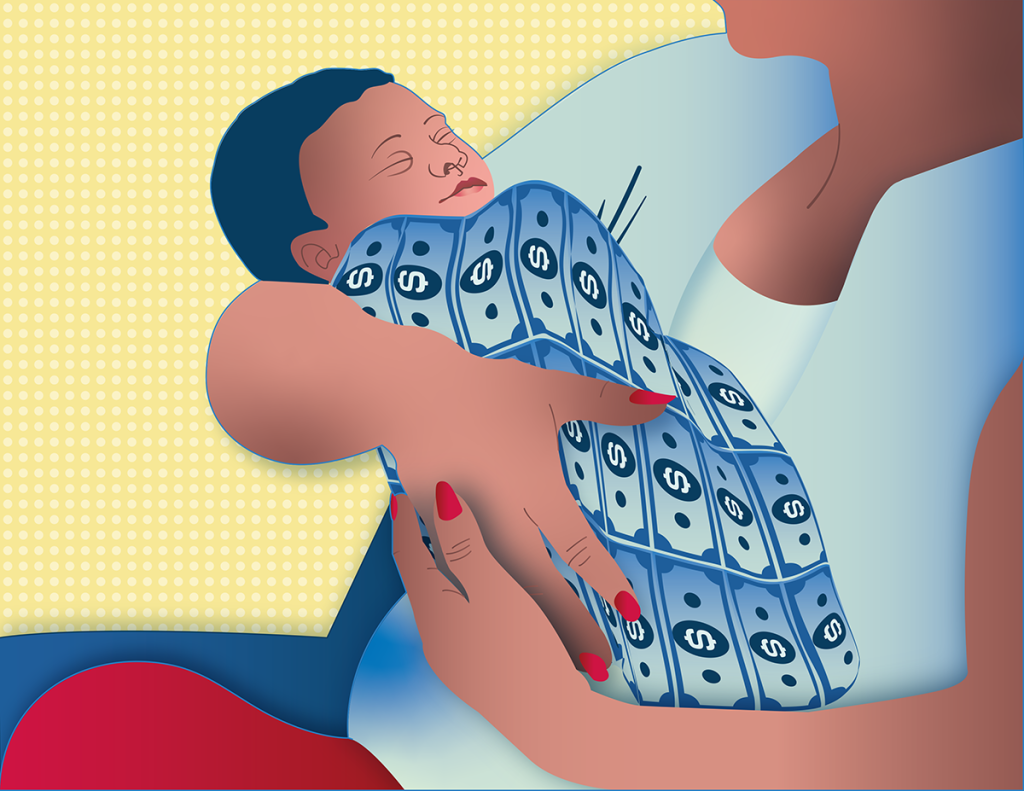
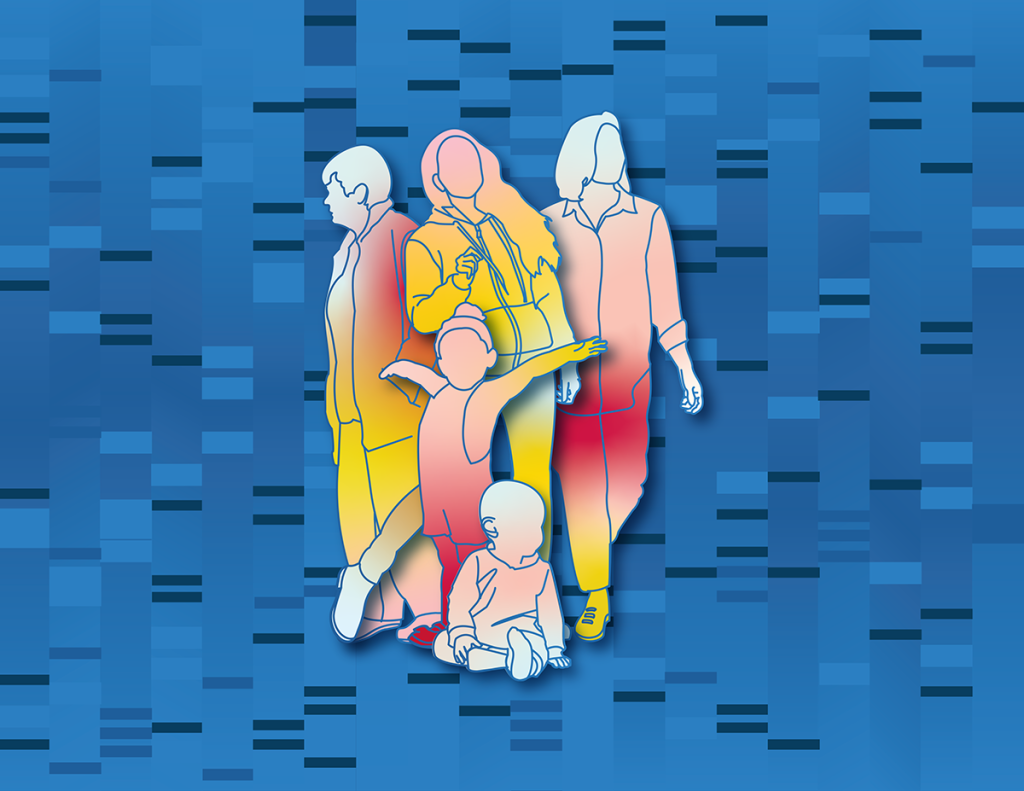


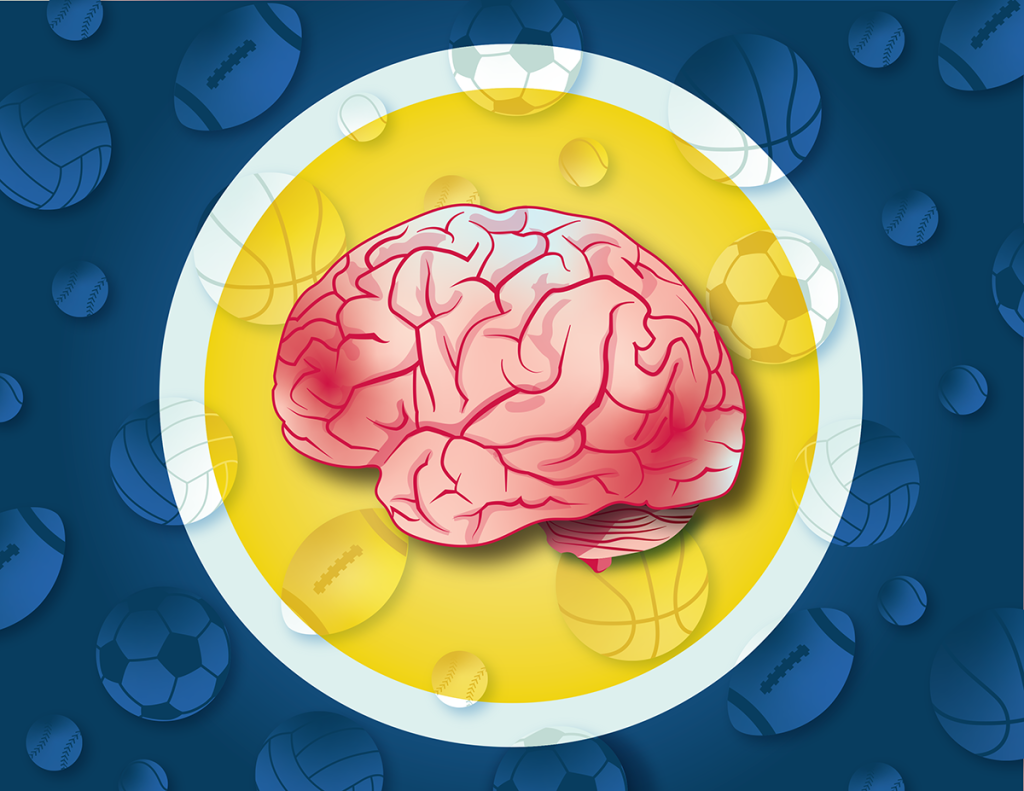


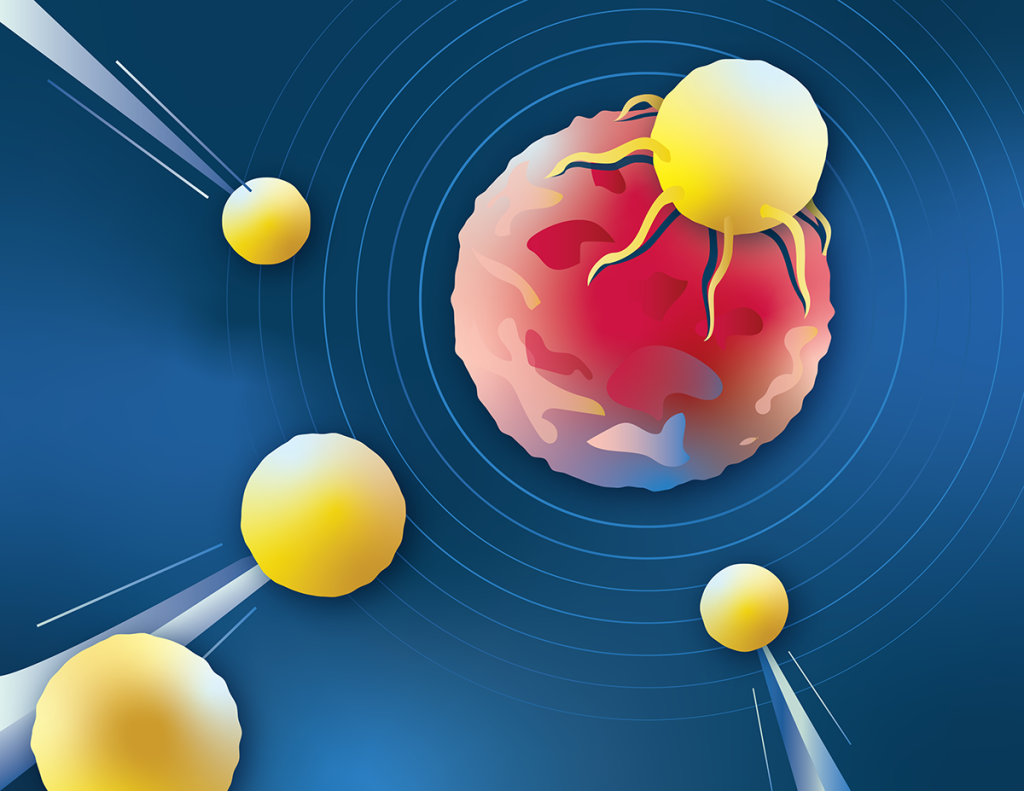

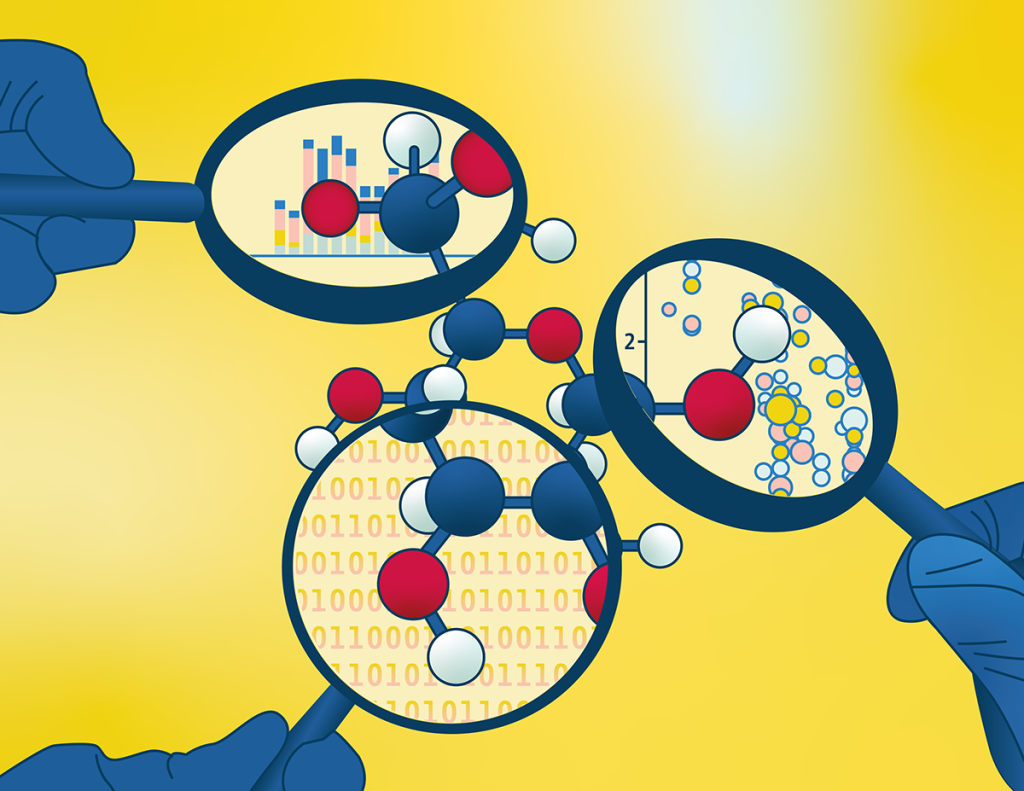
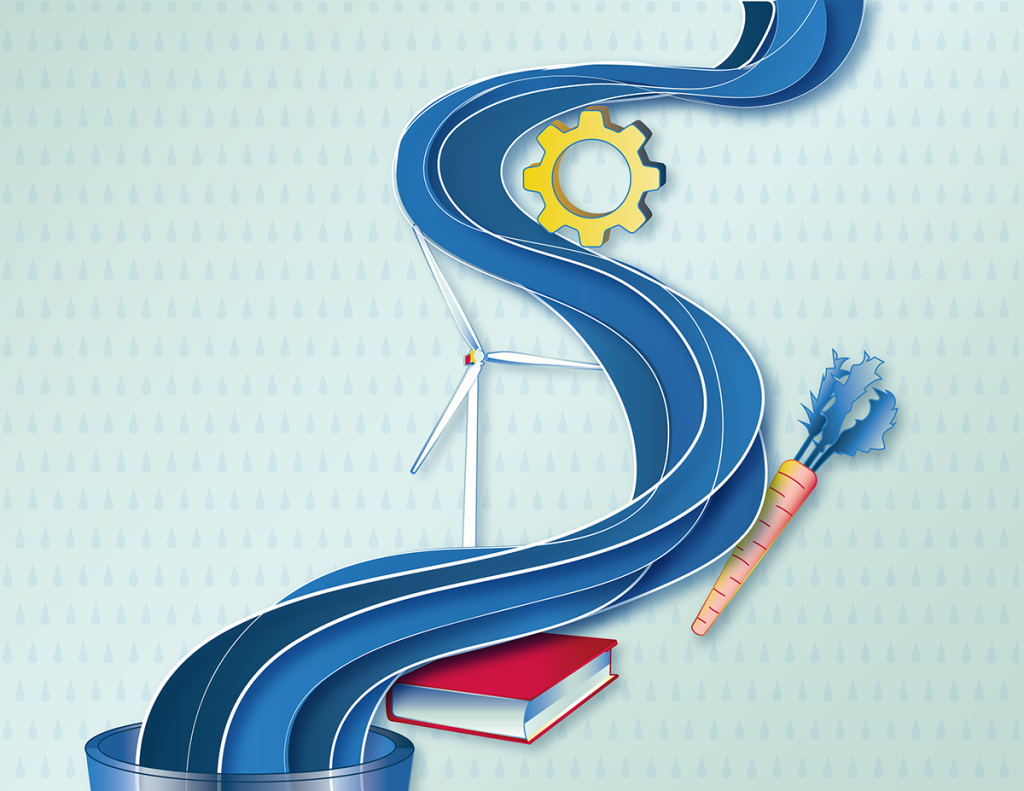



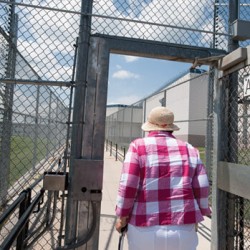
Comments
Bill McClain March 7, 2023
Thank you for the great flood of knowledge.